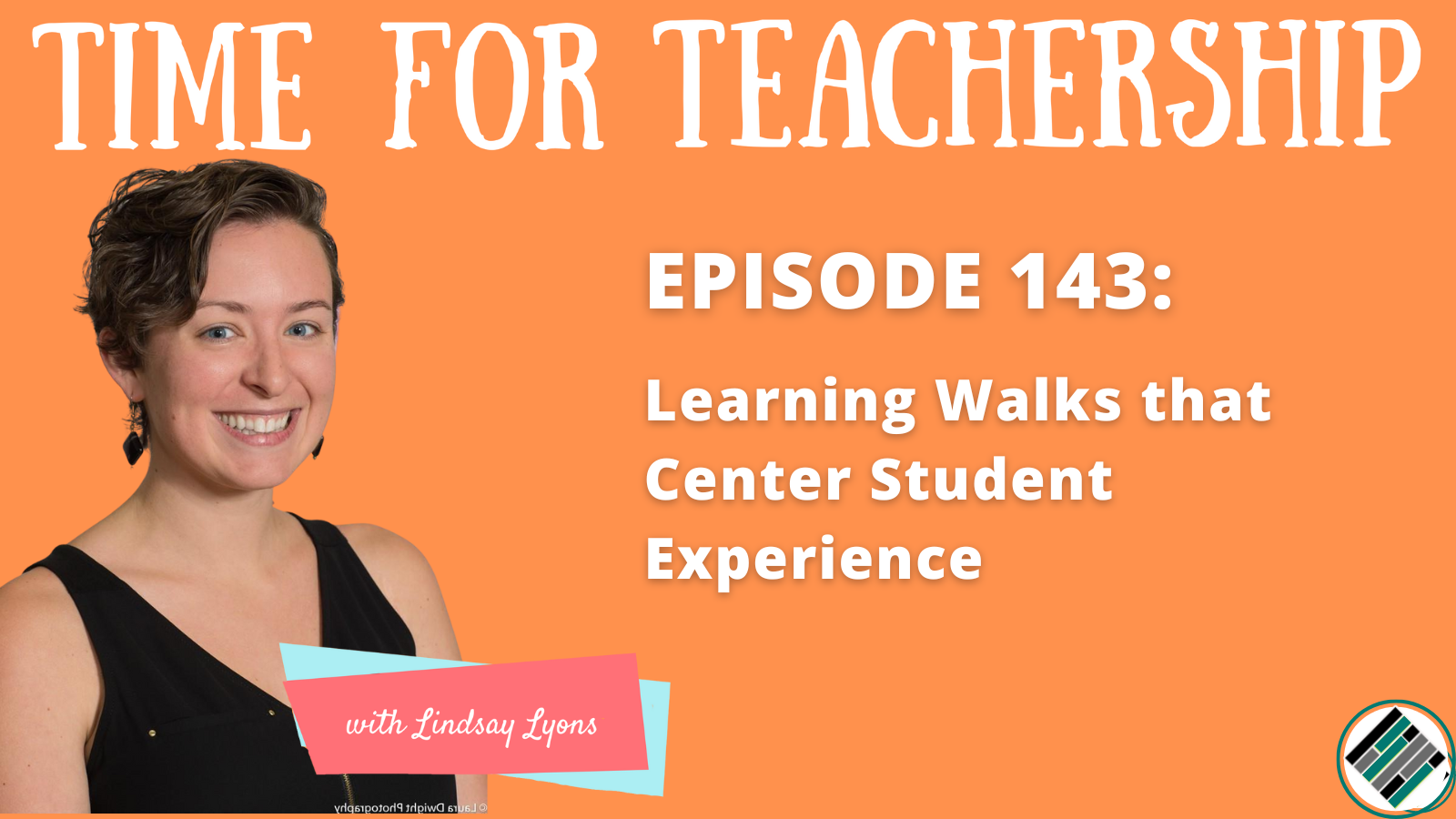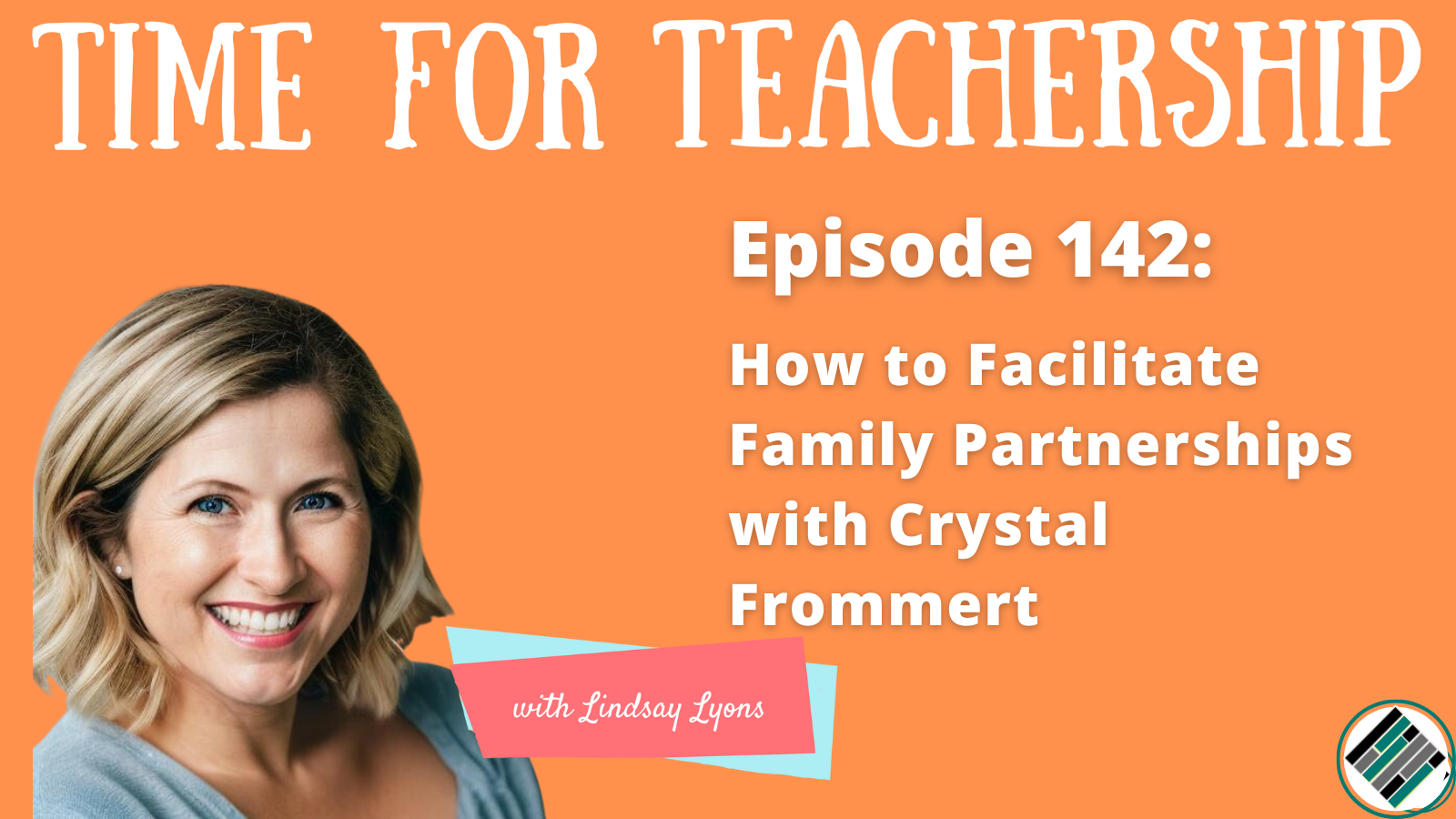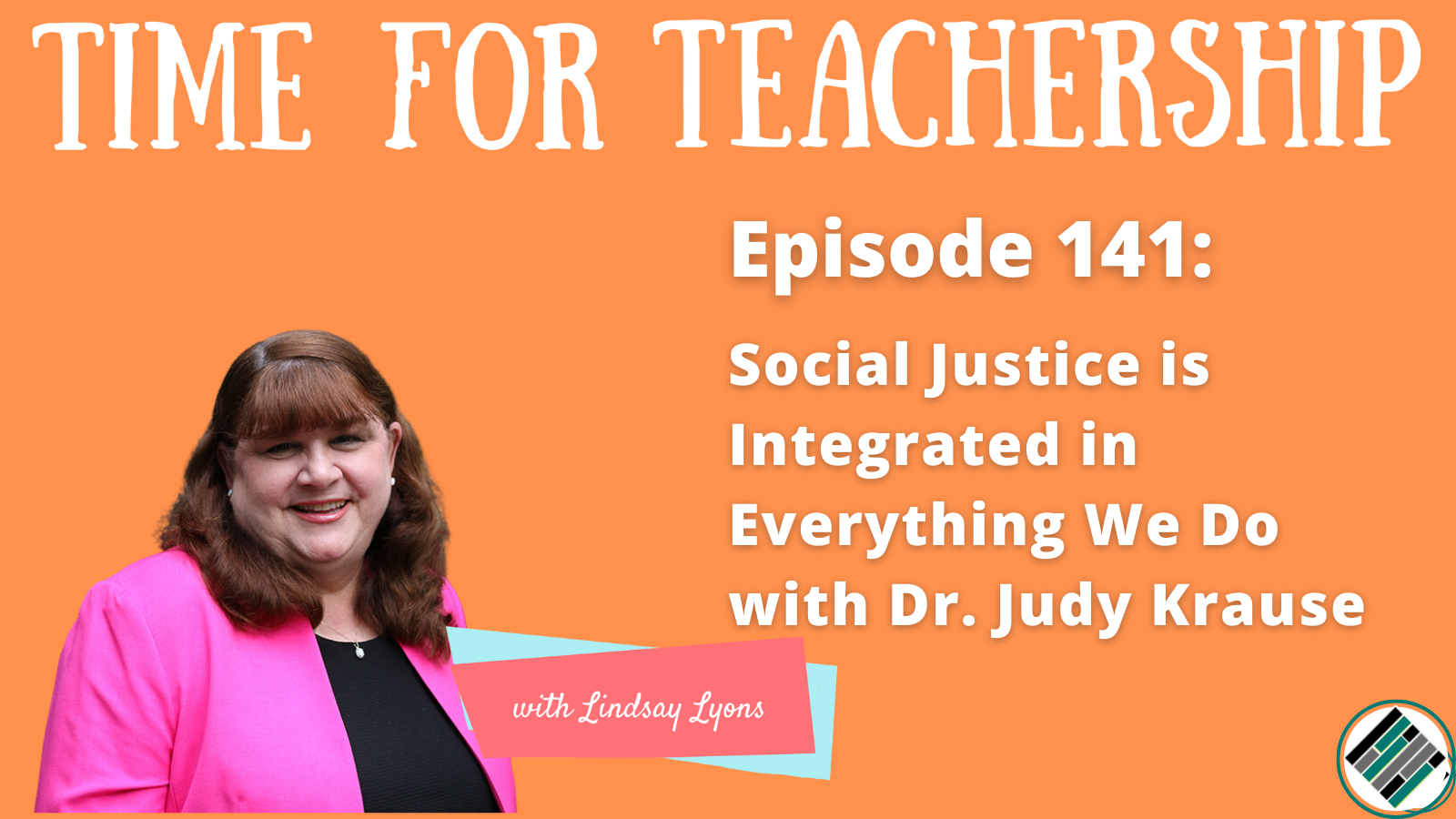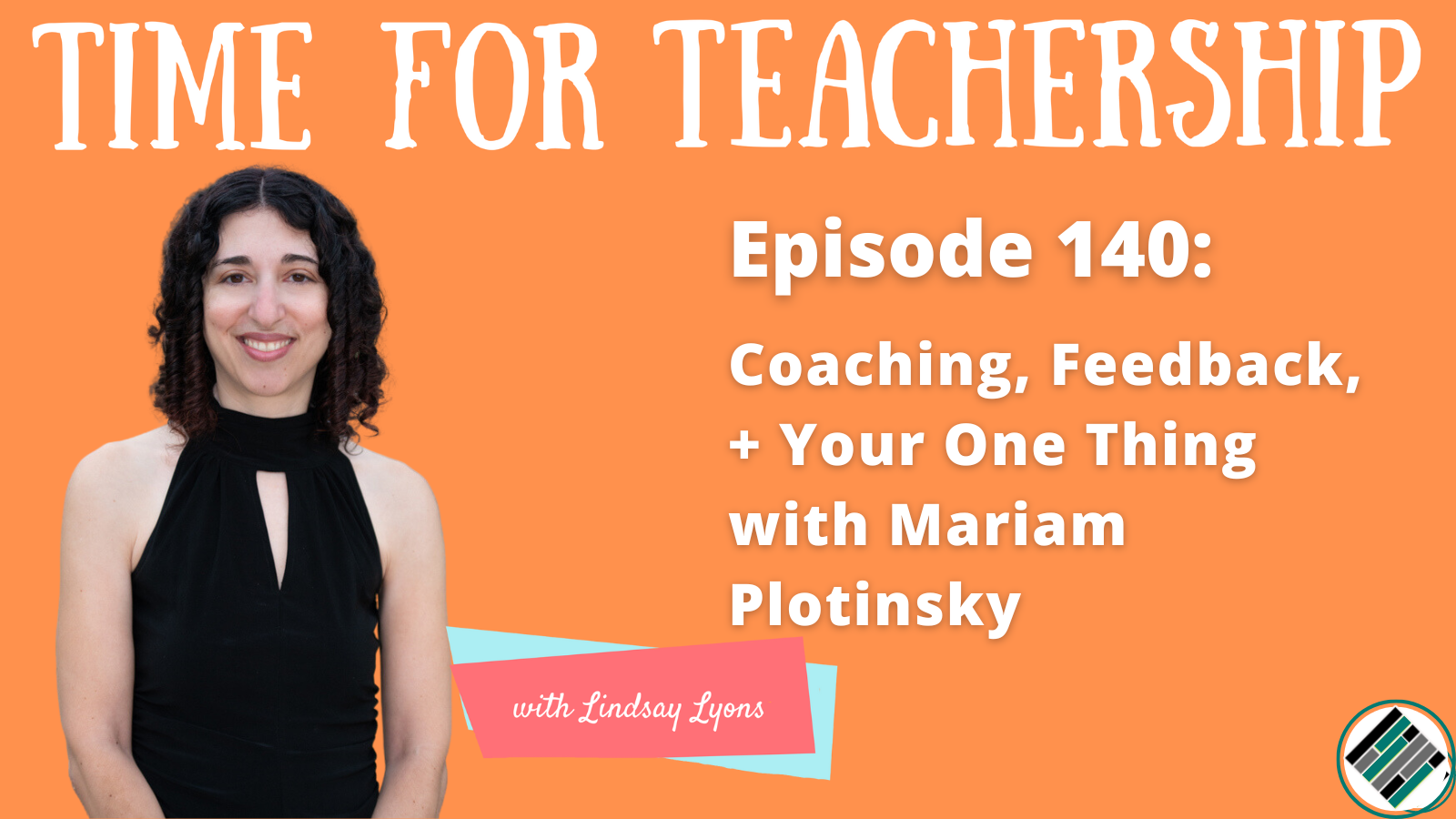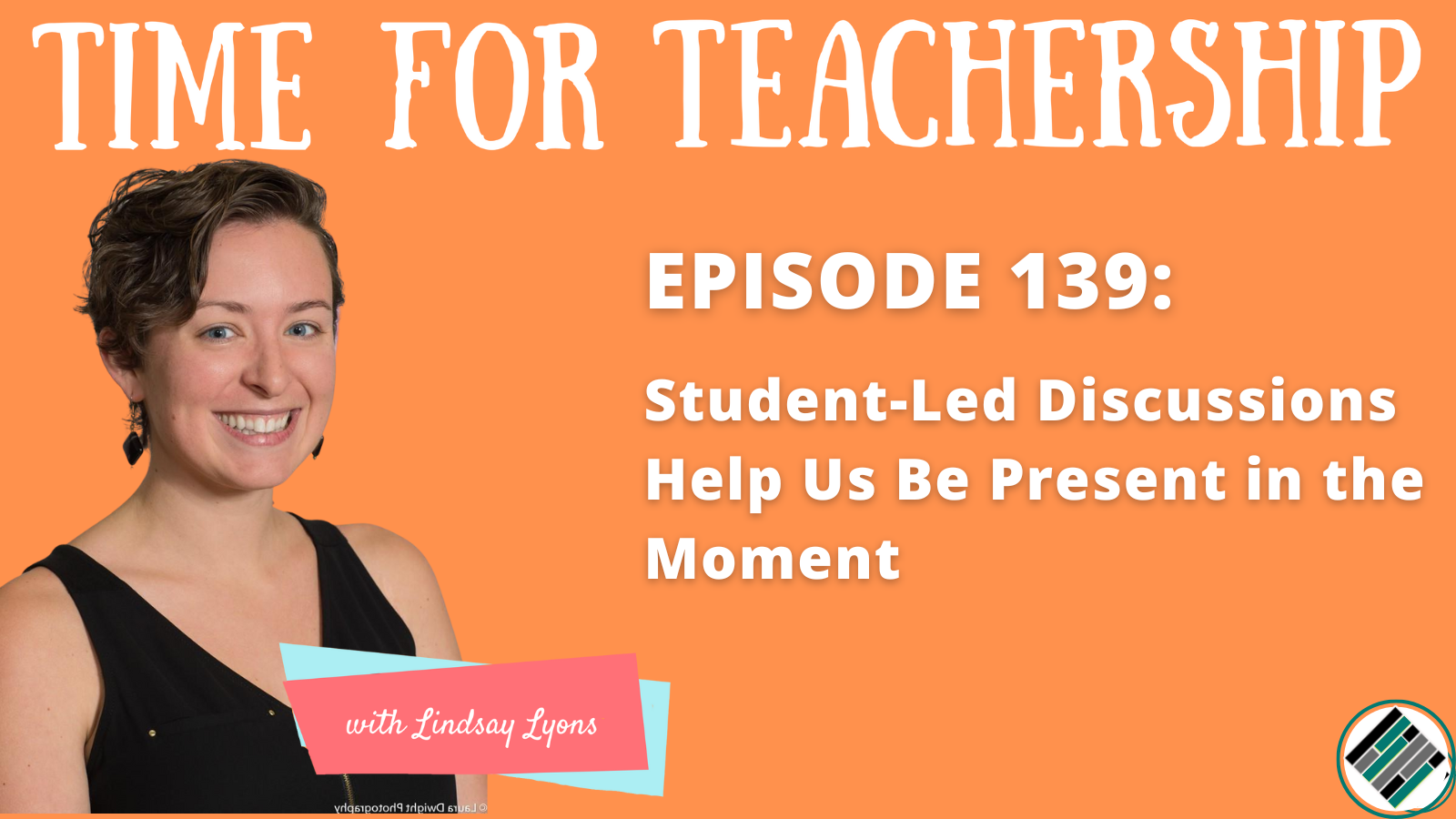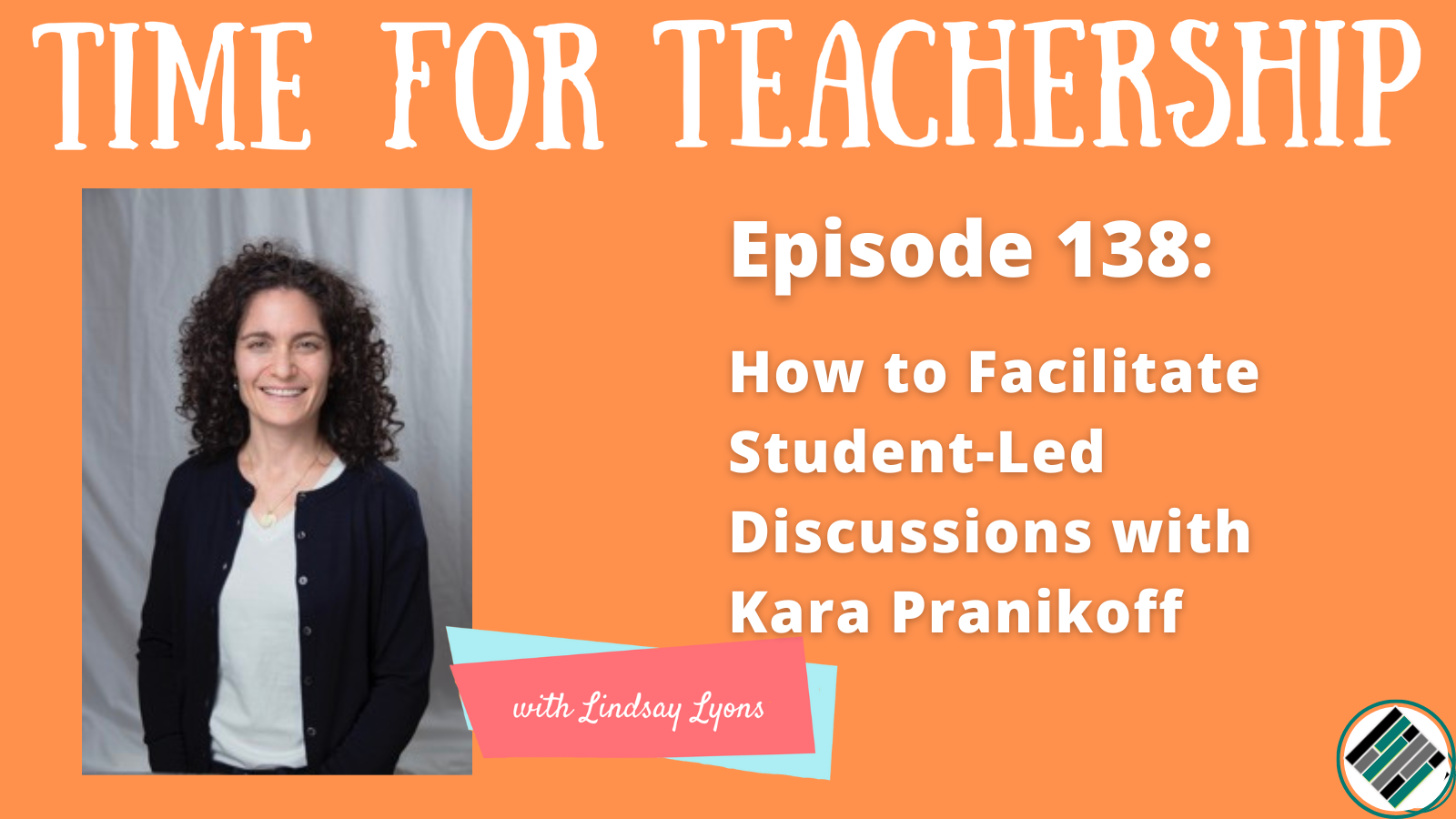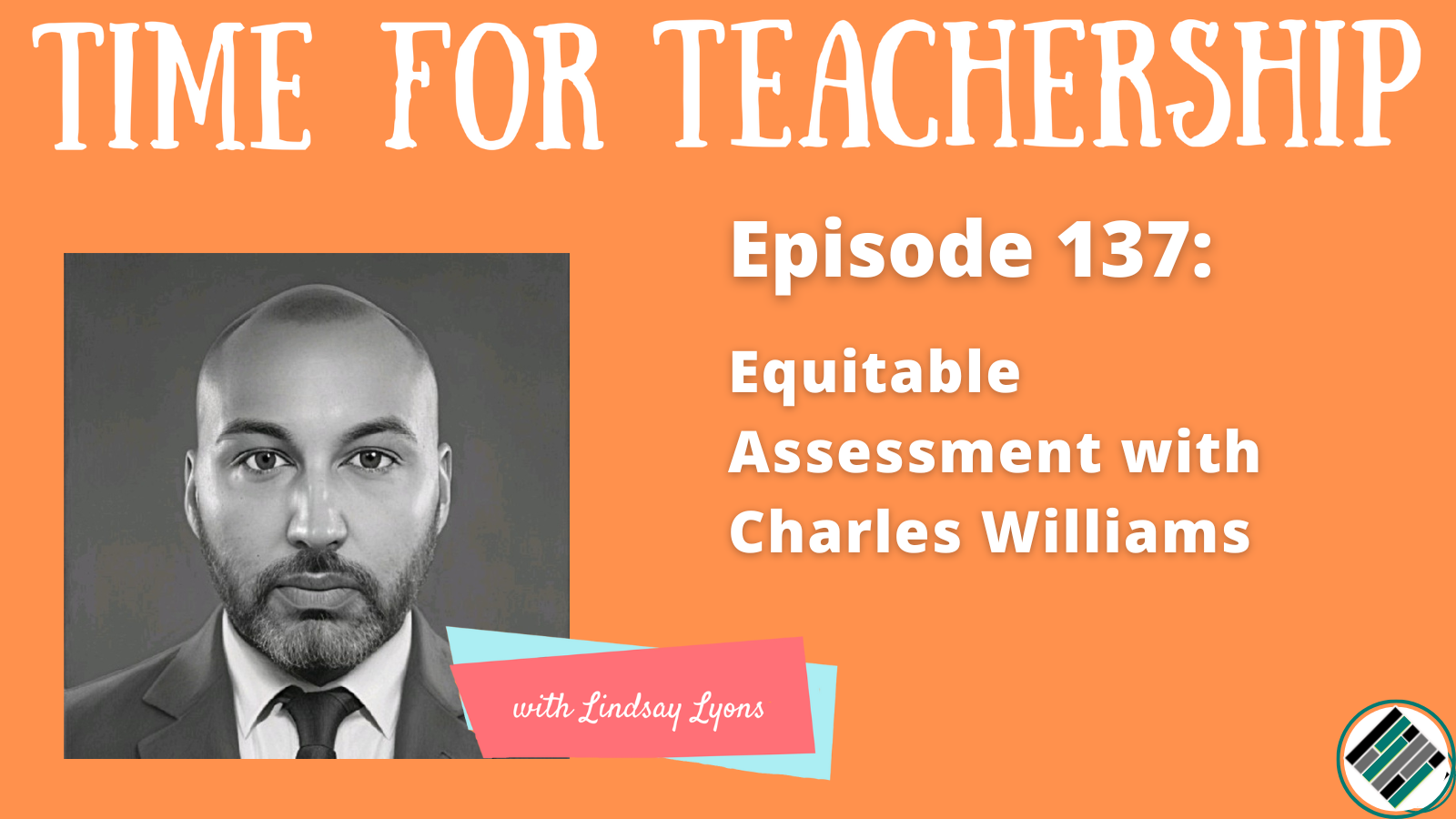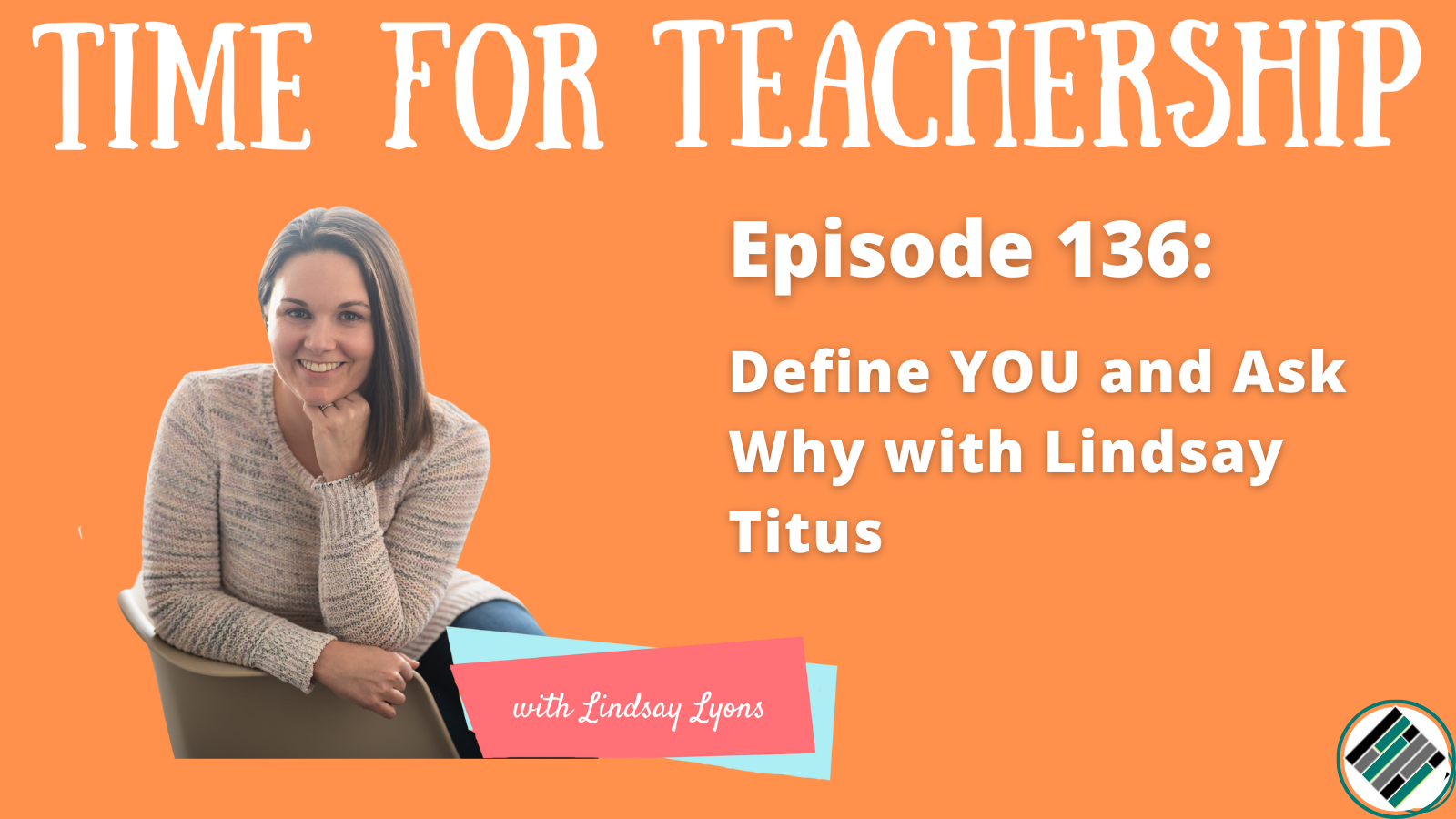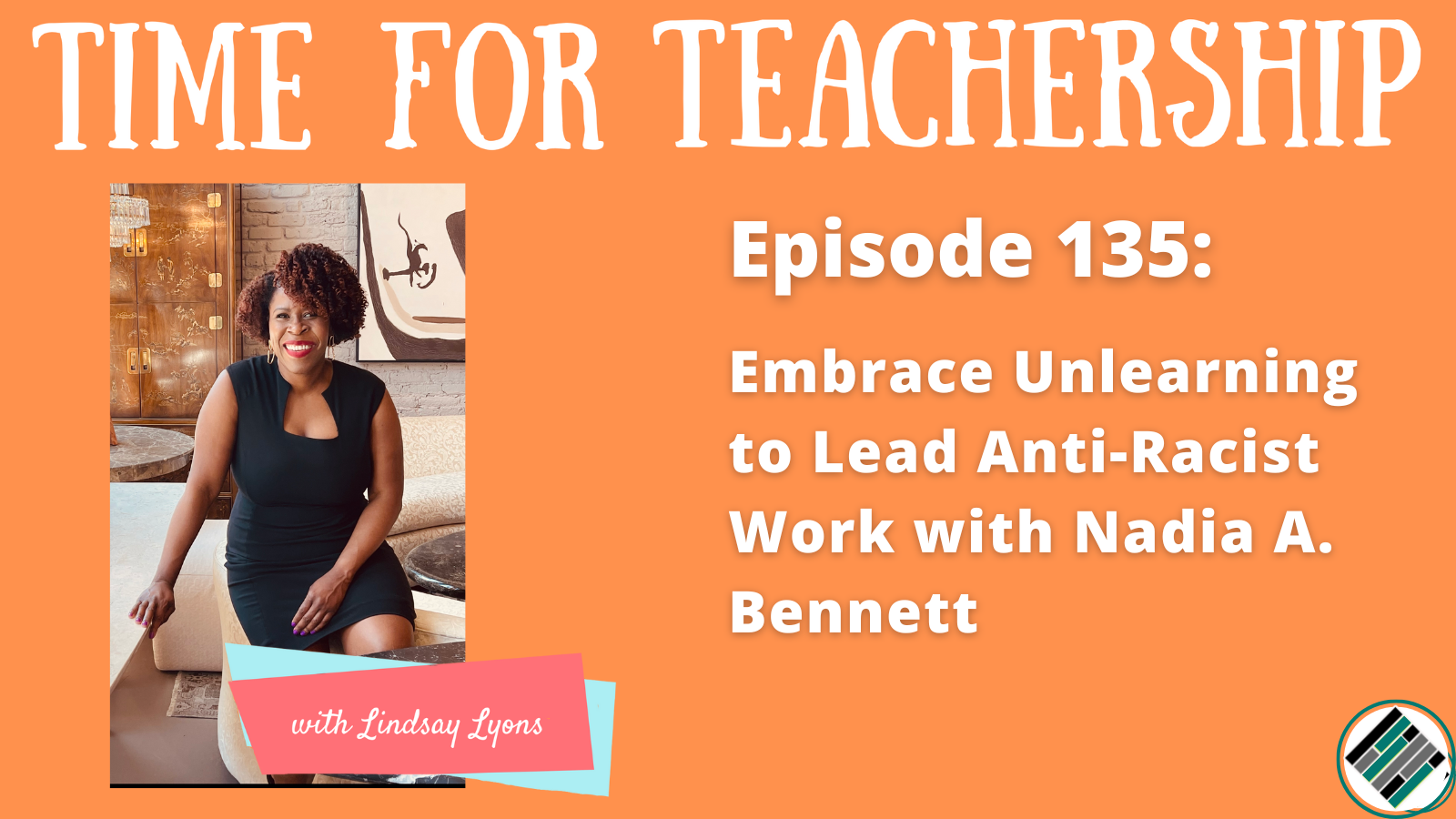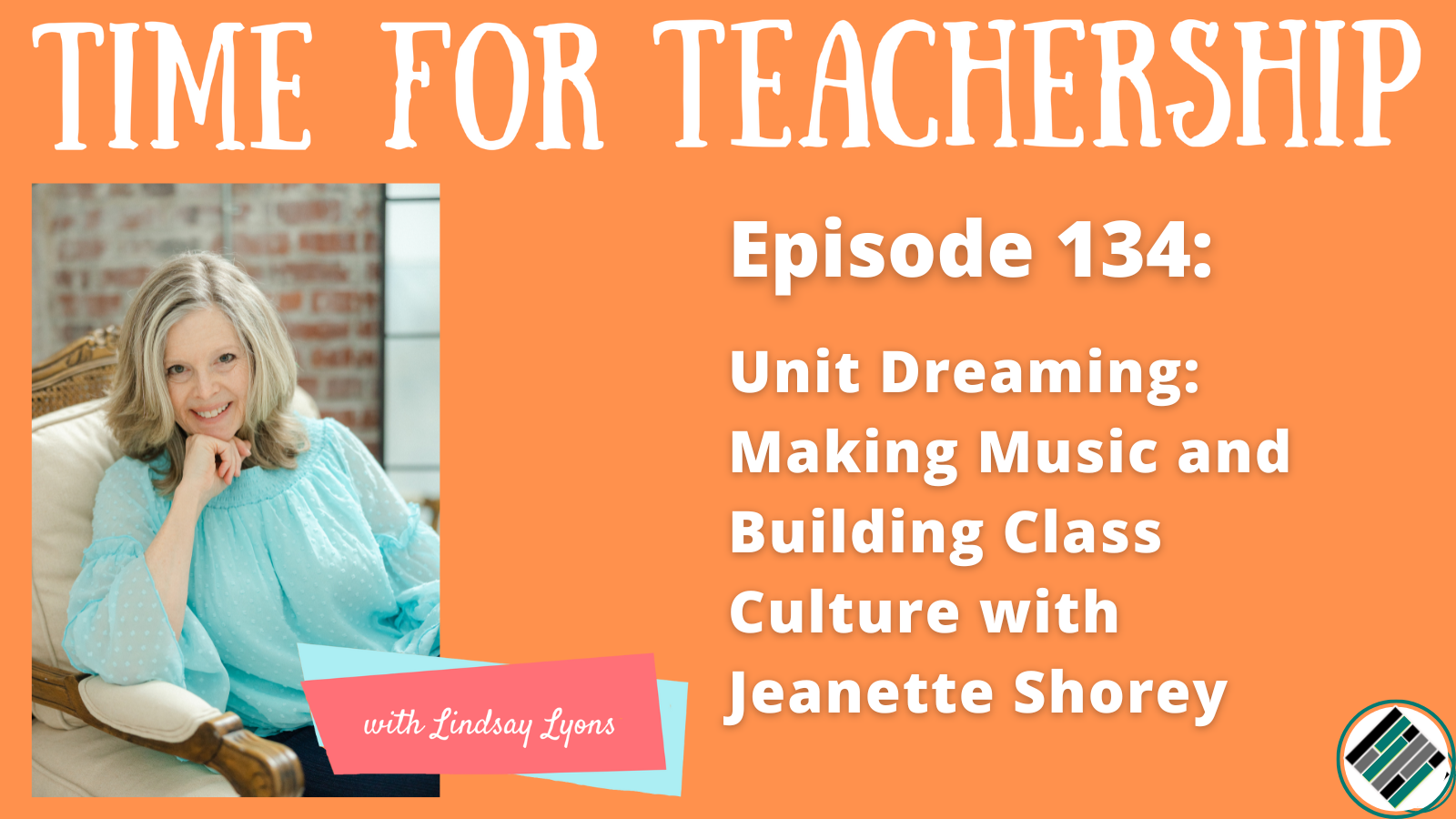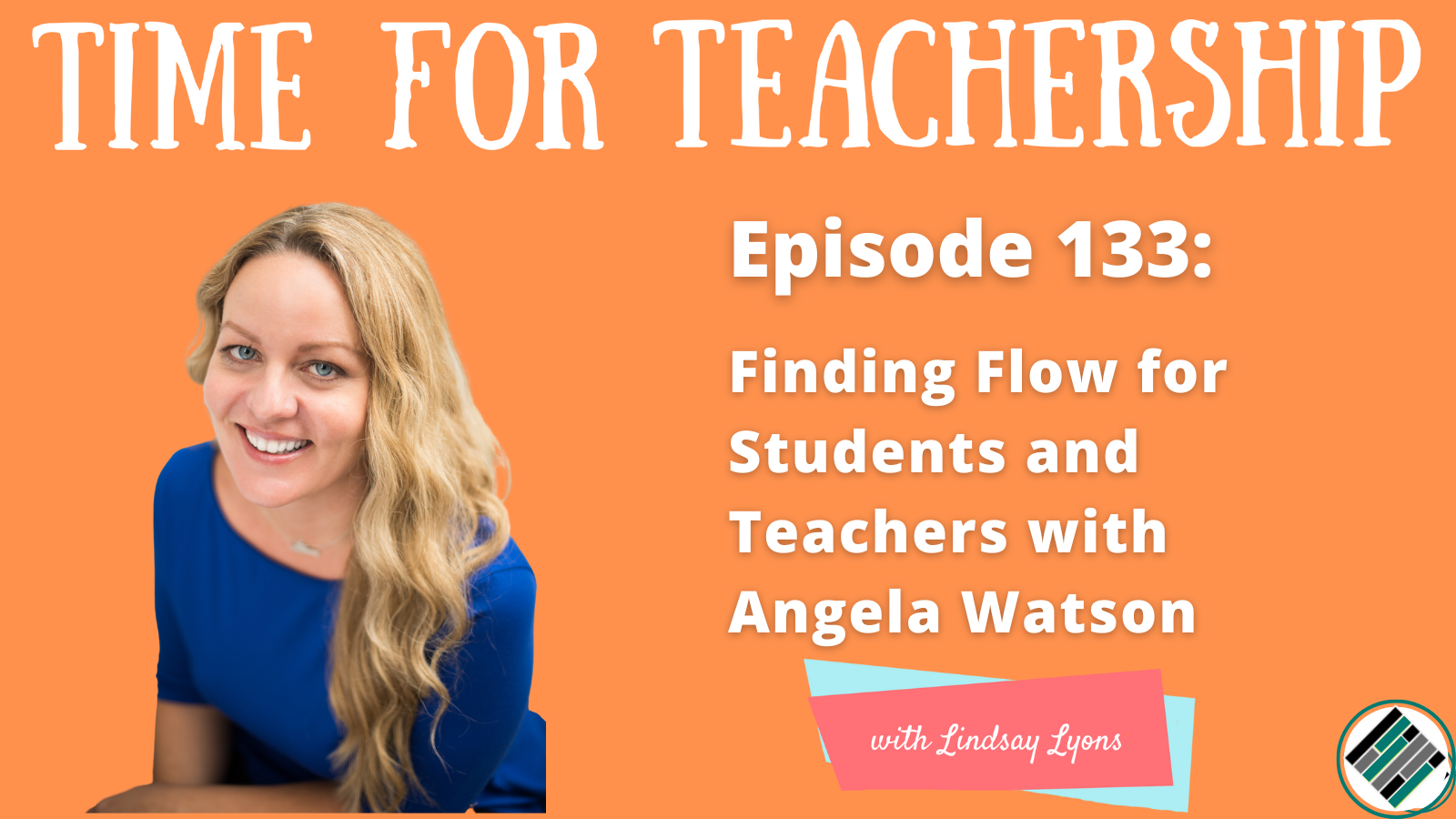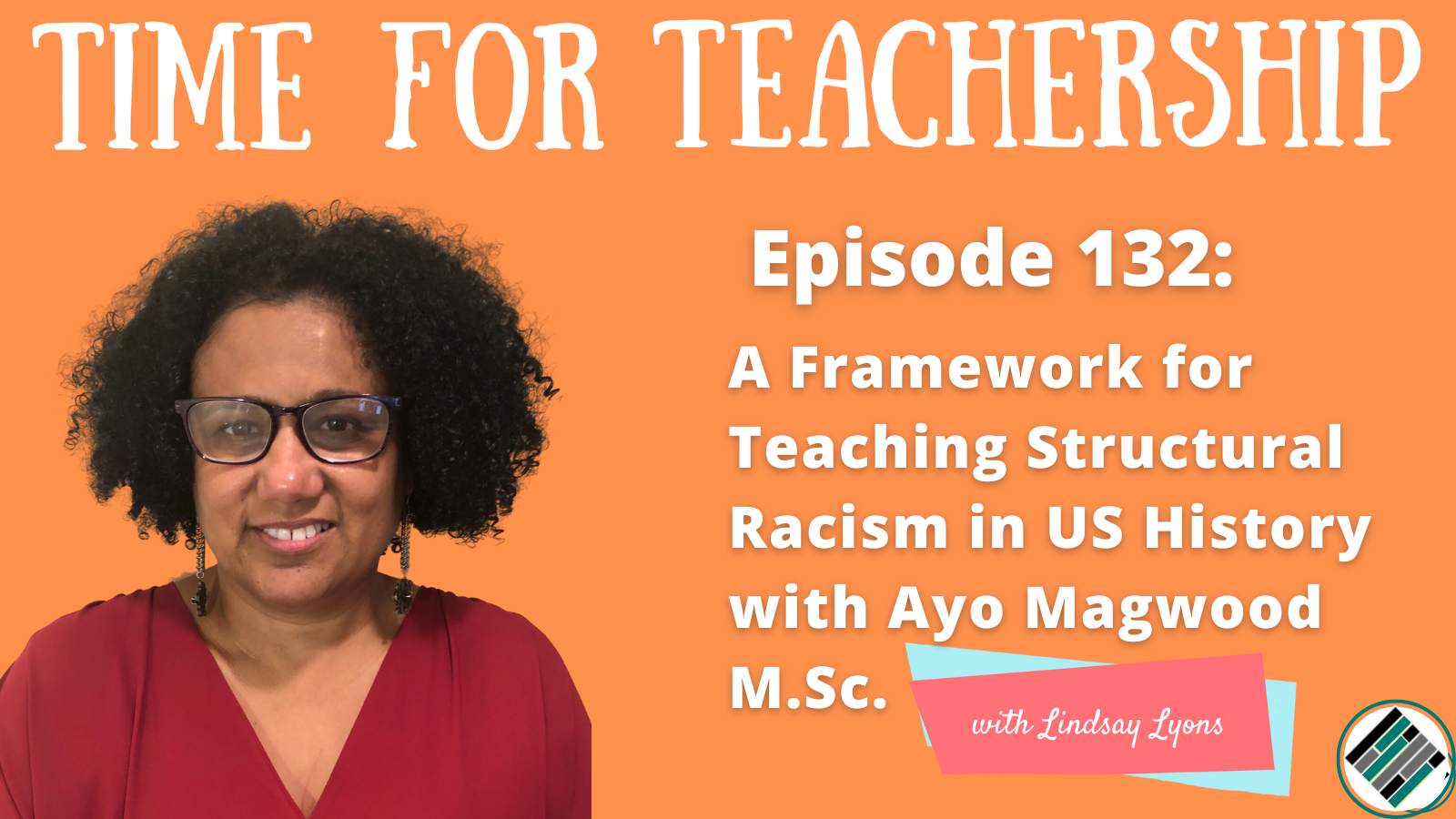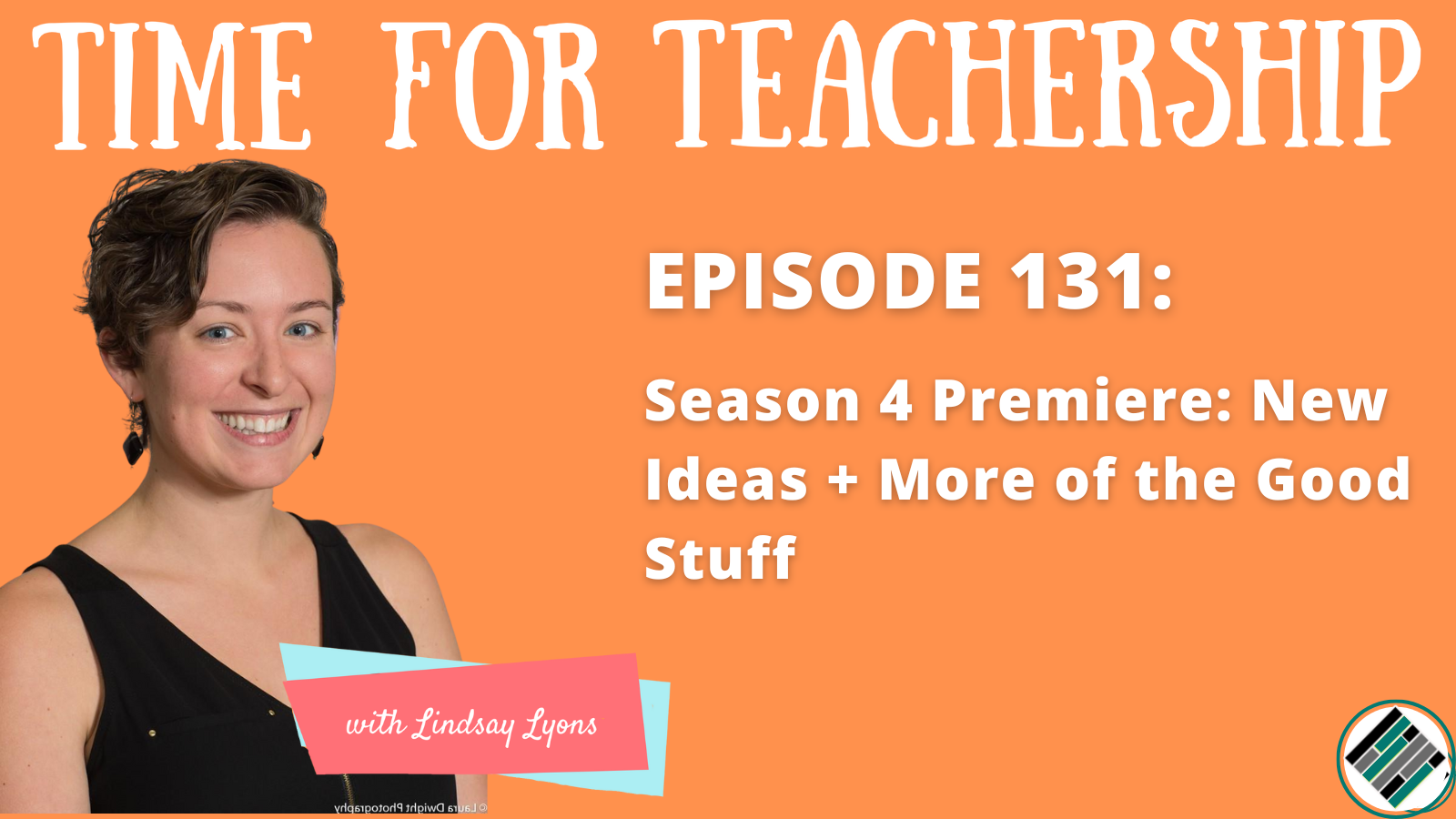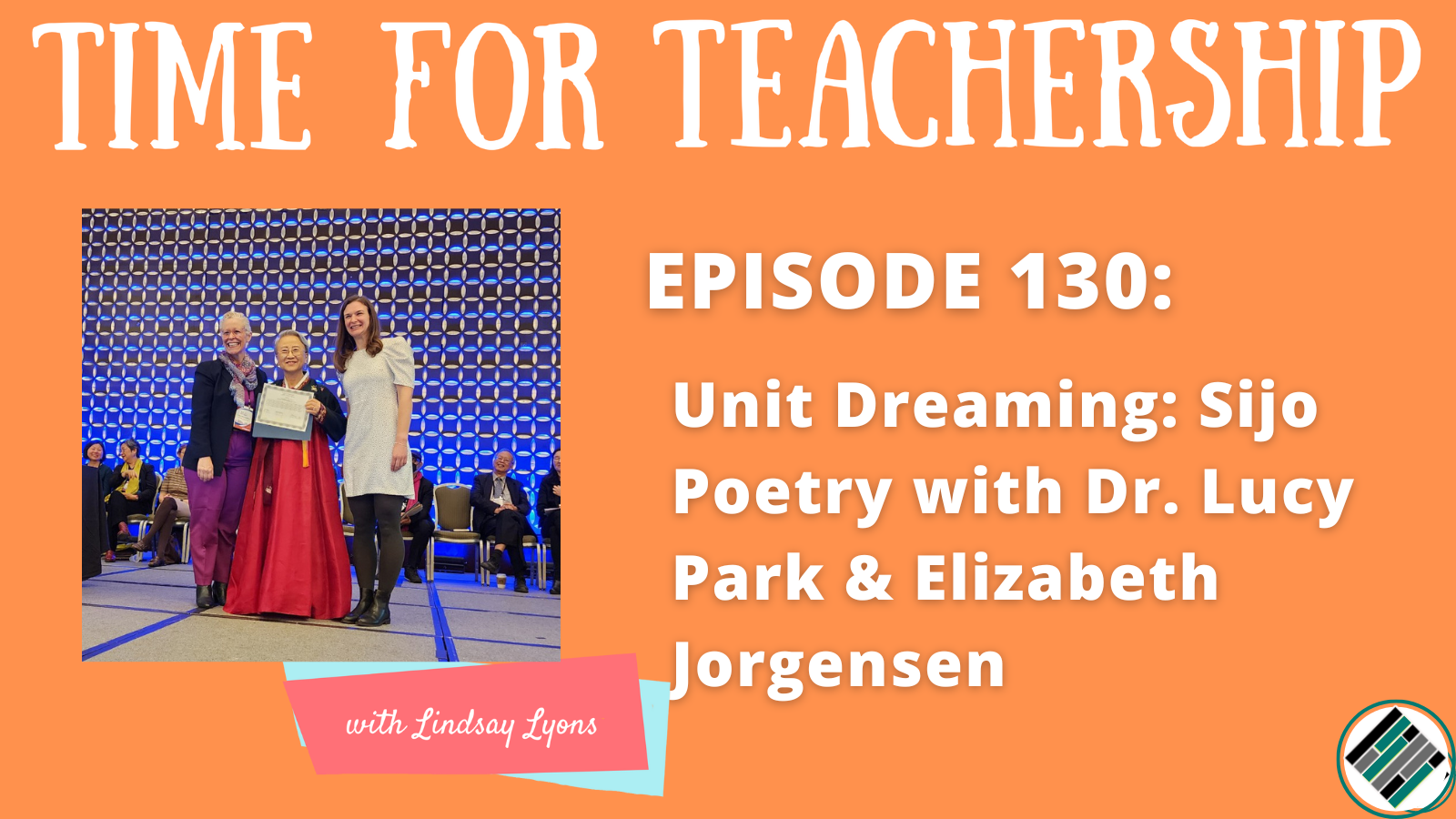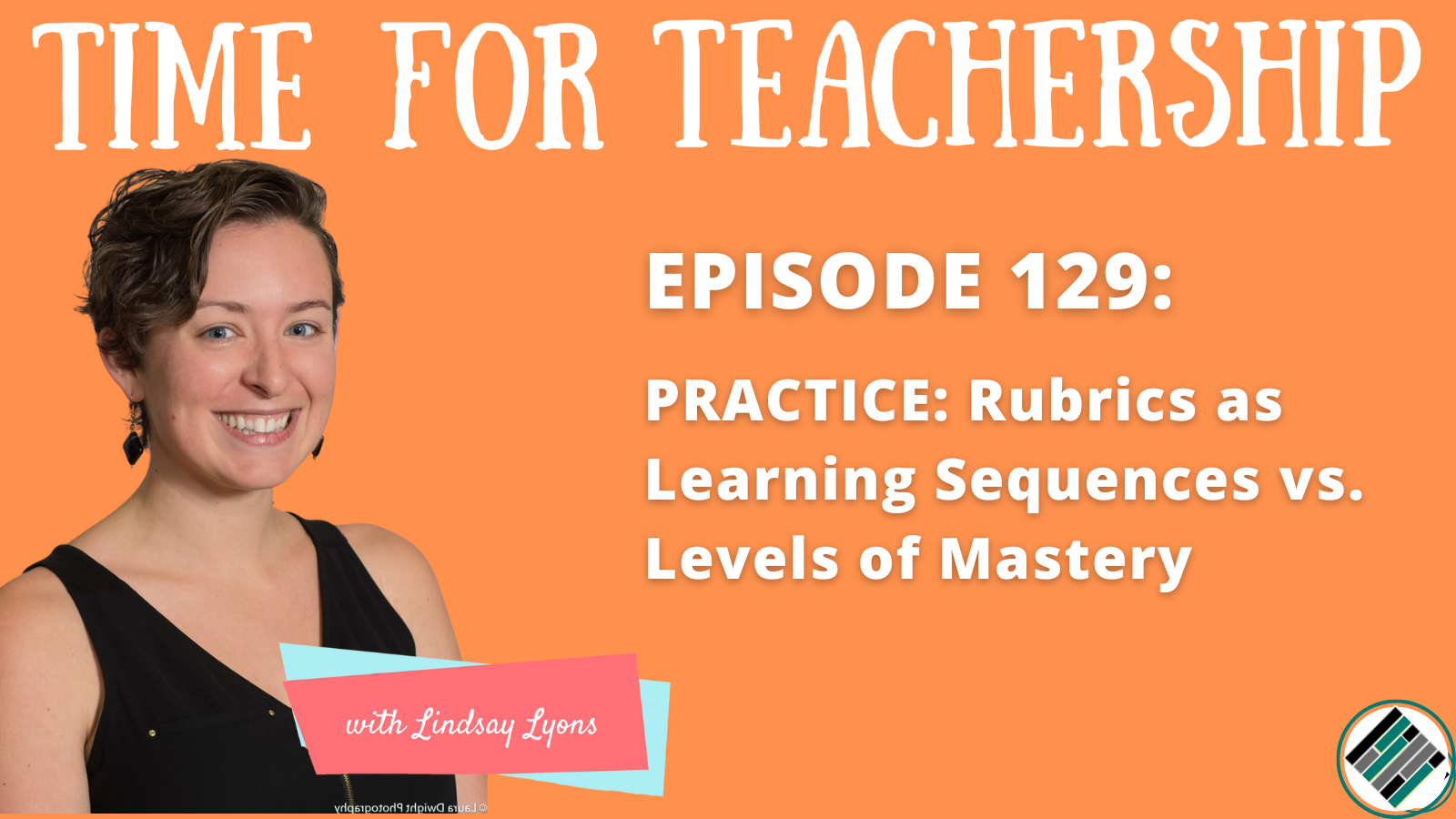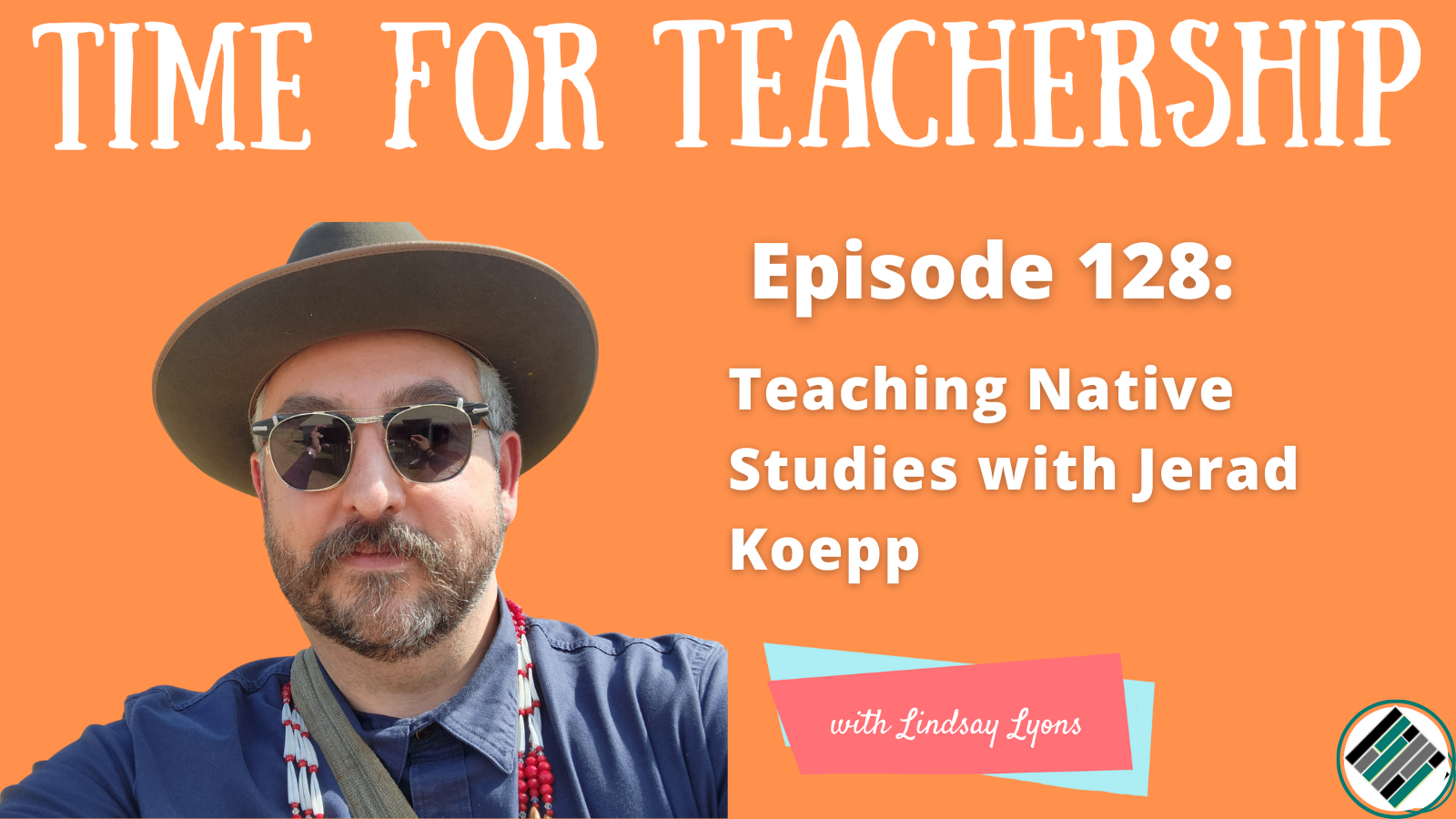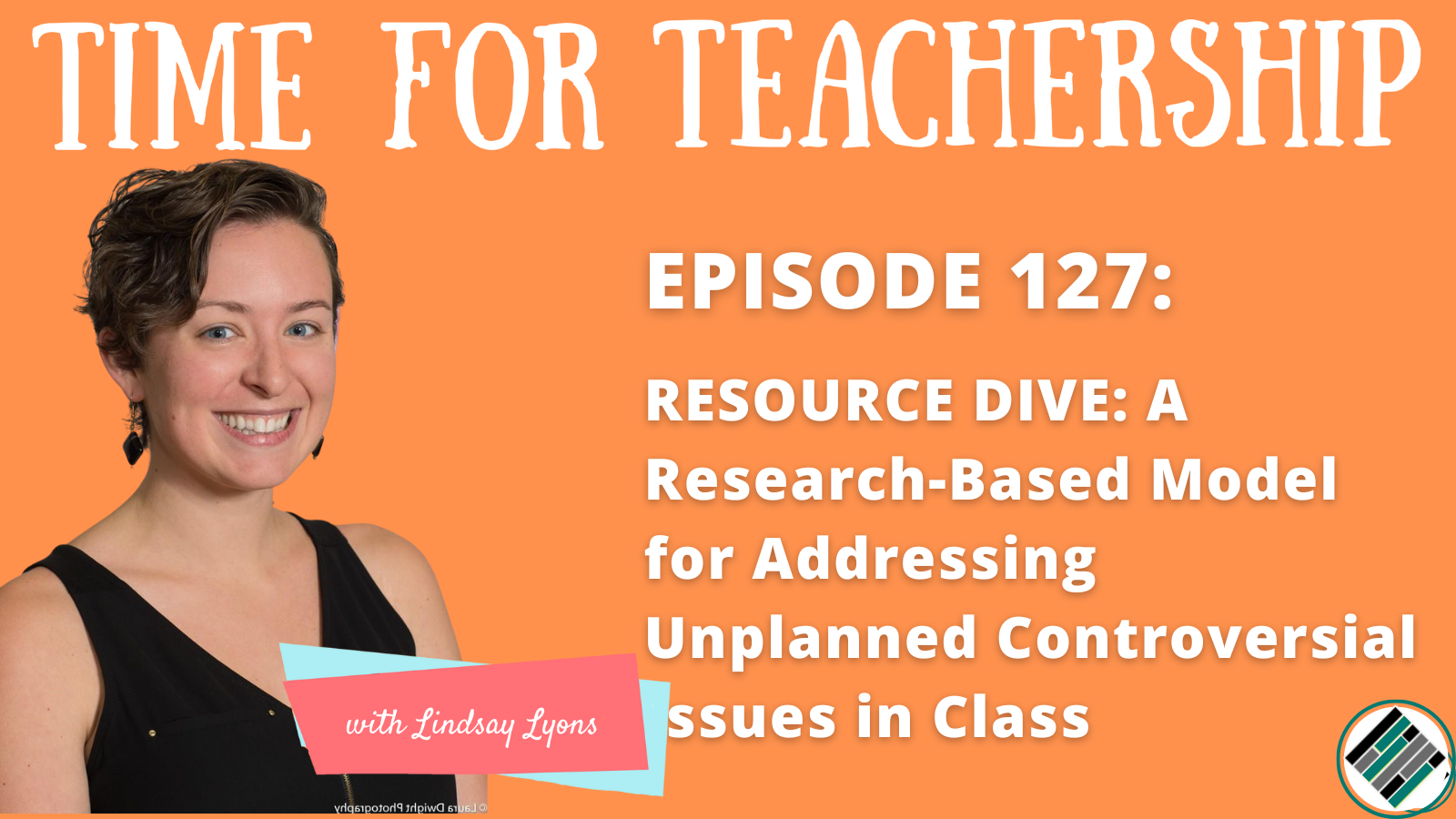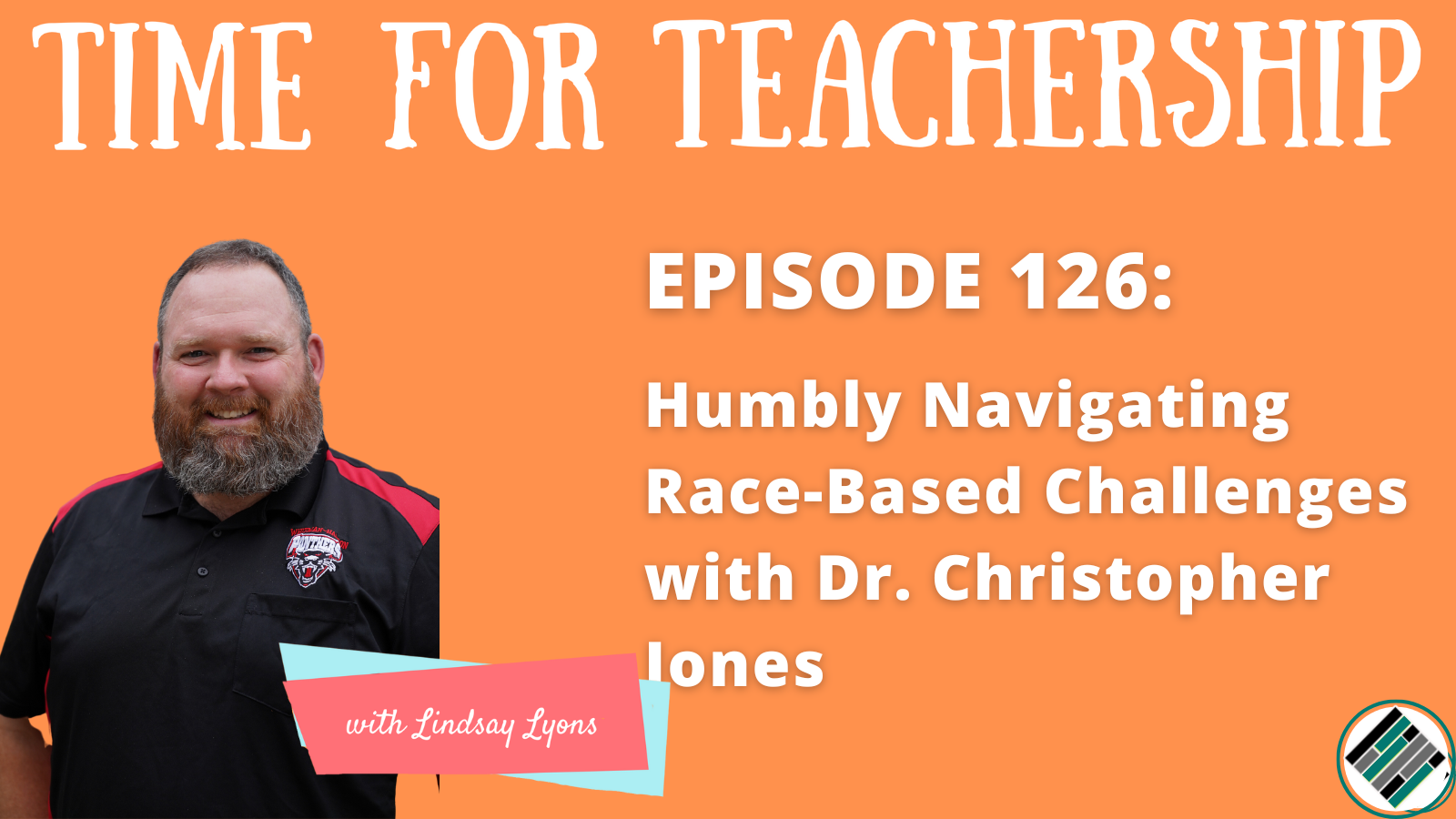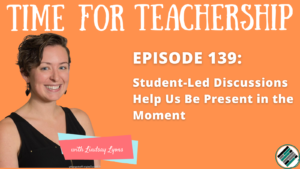
The spark for this episode comes from my just-for-fun reading life. I was reading (actually listening to the amazing Lauren Graham) One Italian Summer by Rebecca Serle. In Chapter 3, Serle describes the main character traveling for the first time on her own like this: “I am somewhere new where I have to be nimble, alert, present. It forces me into the moment in a way I hadn’t been in a year, maybe even ever.”
This connected with me because I want to be more present in the moments of my life. It also made me think about my experiences in the classroom when my students led discussions. This type of lesson “forces me into the moment.” When students run the show and can take the conversation in 100 directions that I have to be ready for, it requires me to be “nimble, alert, present.”
Why?
I don’t think I’m alone. Many teachers—many humans—likely want to be more present in the day-to-day moments of our lives. Educators also have a ton of things to constantly be doing or thinking about doing, which takes us out of the moment. Certainly, there are many structural supports we need to put in place to improve teacher working conditions, including taking tasks off teachers’ plates. At the same time, I’d love to see leaders helping teachers to co-create the class conditions and design lessons for thoughtful student-led discussion. In my experience, this creates moments of professional satisfaction (seeing my students be brilliant without me stepping in is an absolute joy) and one of the more immersive types of experiences I’ve had as an educator (you know those ‘Oh wow, class is over?!’ moments).
Leaders (Coaches, Department Chairs, PD Facilitators) Can…
Step 1: Ask teachers to identify when they feel most present during class.
Invite teachers to share, brainstorm, and plan how to create more feelings of being fully present with students. Offer any supports that may help (e.g., professional learning resources, opportunities to start meetings with a moment to reflect on moments of being present).
Step 2: Offer Professional Development sessions on student-led discussion.
Set teachers up for success by helping them plan out:
- What to do in advance (e.g., create a compelling question, co-create discussion agreements)
- How to respond to things may happen during the discussion (e.g., harmful statements, inaccurate statements positioned as fact, discussion agreements), and
- What to do after (e.g., reflect as a class, share your feedback, address inaccuracies, repair harm as needed)
Step 3: Support teachers new to student-led discussions to try it out.
Decrease the pressure. Trying new pedagogical strategies can be scary, especially strategies that require teachers to step back and respond to student ideas versus adhere to a structured information-sharing type of lesson plan. Co-create a list of evidence of success with your teachers. This way, you can emphasize the focus on student comments and actions instead of teacher actions.
Step 4: Encourage visits to peer classrooms.
Invite teachers who frequently have rich, student-led discussions to share what they do well. Ask if anyone would be interested in having teachers new to student discussions visit their class to see one in action. If yes, you can share a Google Doc/Sheet where teachers can add dates and times when they are having a class discussion. Offer coverages for visiting teachers as needed.
Step 5: Facilitate ongoing reflection.
Regularly invite teachers to share successes such as insightful student comments and practices or discussion questions that have generated high student engagement.
Final Tip
I’m inspired by Shane Safir and Jamila Dugan’s concept of a pedagogy of student voice, which they write about in their book, Street Data. In it, they encourage teachers to design lessons that have students talking 75% of the class time. Since publication, I’ve heard Shane Safir say the percentage maybe should have been even higher. I think this is a great goal to guide our aspirational teaching, coaching, and leading.
To help you help teachers implement more student-led discussions in your school or district, I’m sharing my Circle Facilitation Guide with you for free. (This is my all-time favorite student-led discussion protocol!) And, if you’re looking for more details on the ideas in this blog post, listen to episode 139 of the Time for Teachership podcast. If you’re unable to listen or you prefer to read the full episode, you can find the transcript here.

